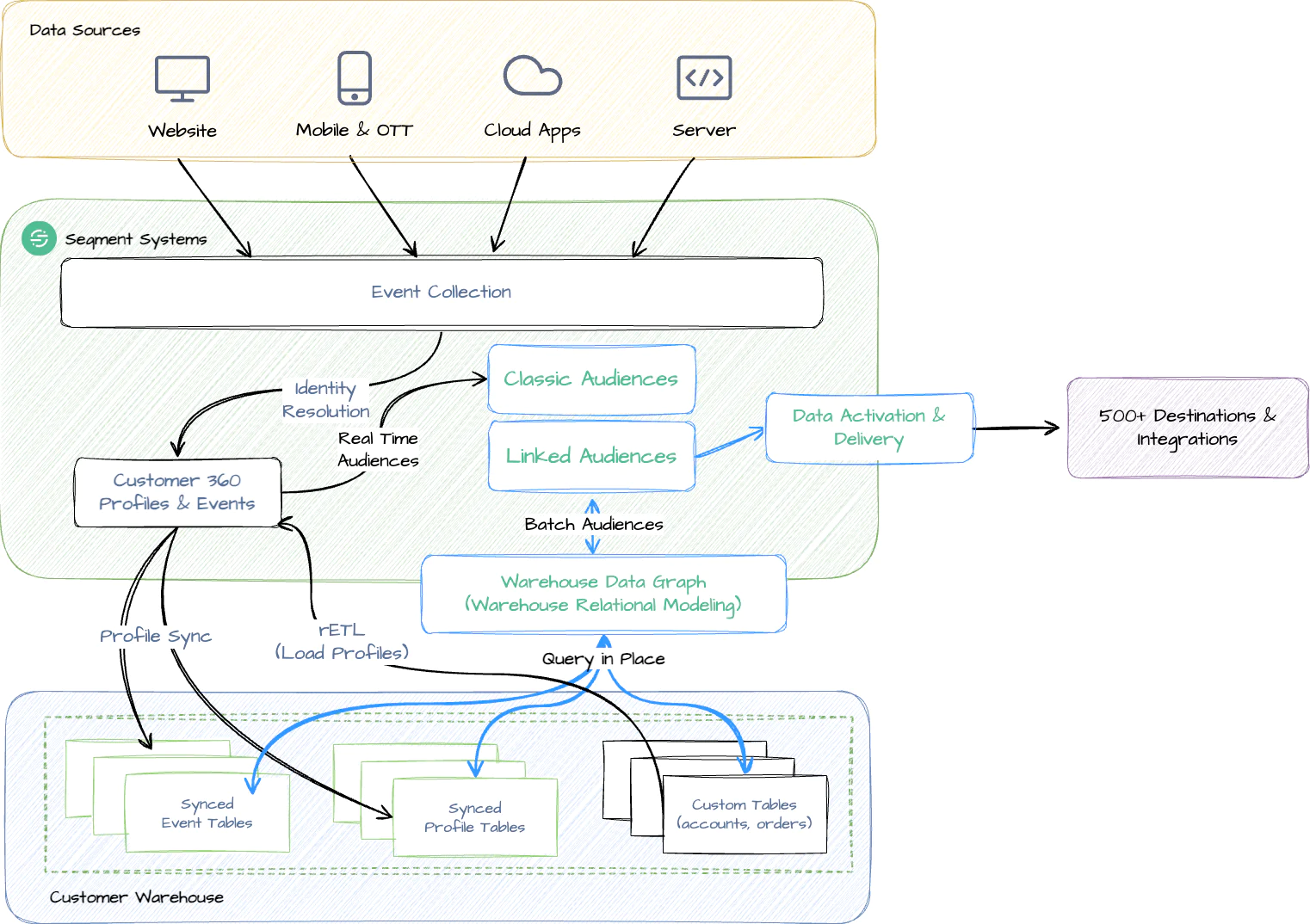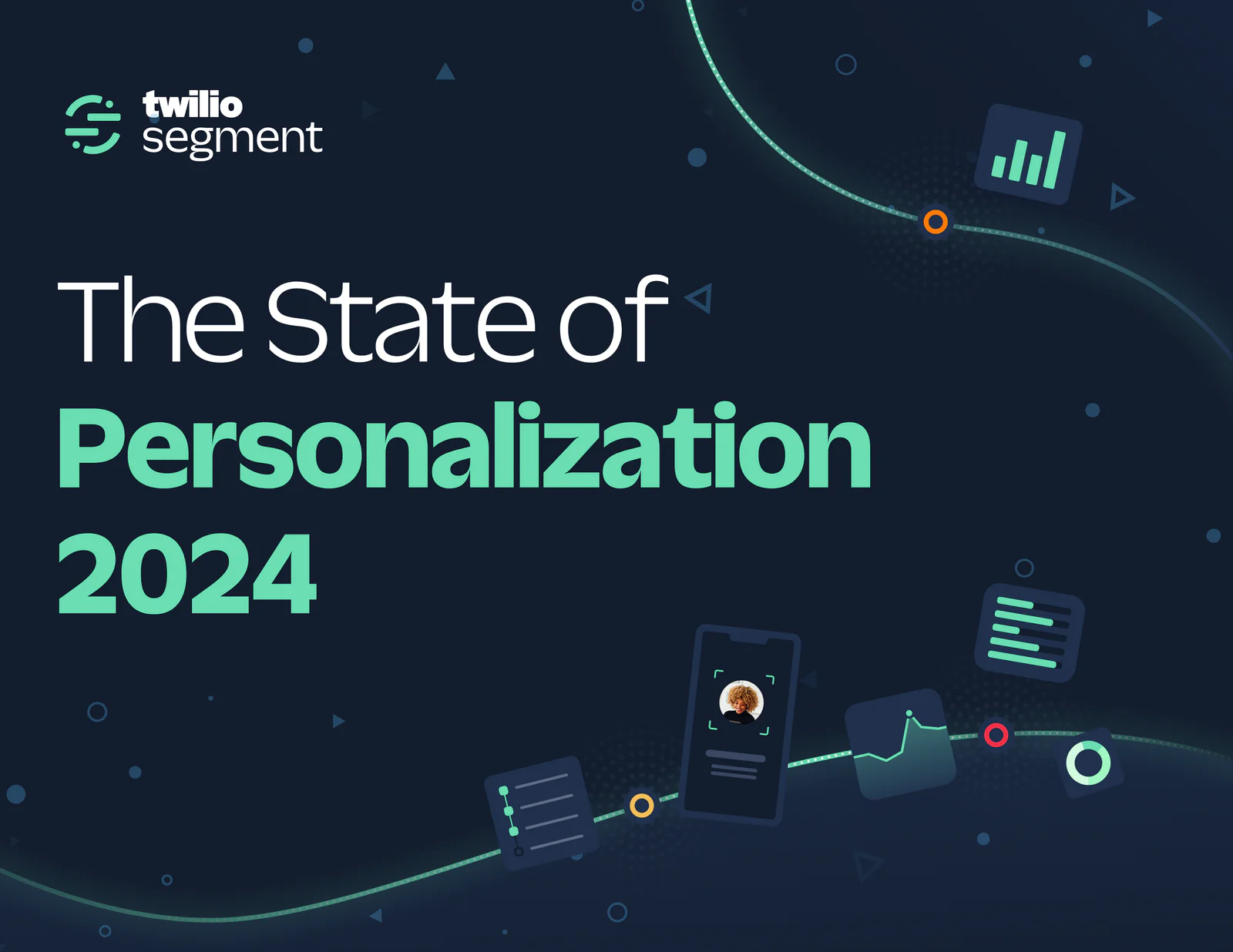When it comes to personalization, speed is no longer an advantage — it’s a requirement.
In our 2025 State of Customer Engagement Report, 88% of consumers said they’re more likely to make a purchase when brands personalize in real time, with 35% being significantly more likely to buy.
Why? Because consumers want relevant experiences that help them get what they want the moment they need it — whether it’s making a purchase, resolving an issue, or tracking an order.
To meet rising consumer expectations, companies are turning to AI — with 97% of brands planning to increase their budget for AI tools within the next five years.
But as AI becomes the personalization engine for businesses, real-time data is needed to fuel it.
AI is accelerating the need for real-time data activation
AI is only as good as the data it’s trained on. But it’s also only as smart as the data it has access to.
Whether it’s recommending a product, responding to a support conversation, or optimizing an ad, your AI needs to know what your customer is doing right now, not what they did yesterday or even 5 minutes ago.
In other words, AI doesn’t just need lots of good data, it needs fresh, relevant, and context-rich data — in an instant.
Why real-time activation of contextual data is hard
Companies today have tons of data about their customers, but it’s siloed across disparate tools and teams. Some systems hold real-time engagement data — visits, opens, clicks, orders, etc. — while others hold demographic and account information, keeping a historical record of past activities. Both are needed to provide the proper context and timing for AI tools and real-time personalization.
The problem with relying solely on the data warehouse is that they are optimized for key business needs, like data storage, data analysis, and batch processing, but they’re not built for real-time responsiveness — despite what some amped up marketing might claim.
Moving data from a data warehouse typically requires data engineering resources, complex data pipelines, and, unfortunately, delays in data deliverability. When data is too slow, recommendations will be outdated, messaging will be irrelevant, and key customer moments will be missed.
Would you trust AI to interact with millions of customers if the data powering it was stale?
Exactly what types of real-time use cases are we talking about? Let’s explore the common personalization use cases companies are tackling today, as well as AI-powered ones you need to prepare for tomorrow.
Use cases that demand real-time activation today
In-session personalization
These are live experiences that dynamically adjust to a person’s behavior within a visit or interaction. Every new action they take — searching for a product, navigating to a pricing page, clicking on a review — tells you important information about what that person wants.
Real-time data activation lets you offer a discount code or support chat if someone shows exit-intent, dynamically display the most relevant product or content to them, make suggestions in a search bar, or even show live inventory counts, like “only 4 items left” — all with the goal of driving them towards your conversion, retention, or engagement goals.
Event trigger-based communications
In business, timing is tied to revenue. When someone abandons a cart, application, or onboarding process, they should receive a personalized message on their preferred channel within seconds, not hours. If a usage limit is met, that customer needs to be notified with an alert as soon as it occurs — before they rack up overage charges, receive a larger than expected bill and churn.
With real-time event data enriched with profile and contextual warehouse data, businesses can trigger communications with the right content, when it matters most on the channel they’re most likely to respond to.
Ad suppression and retargeting optimization
As a consumer, it can be incredibly frustrating to be continuously bombarded with ads after you’ve already purchased the item being advertised. For the business, it’s also a massive waste of ad spend.
Real-time suppression ensures that as soon as a conversion event happens, ad platforms are notified — optimizing spend and improving customer satisfaction. Similarly, real-time retargeting optimization lets marketers adjust targeting based on what people are interested in now, not what they may have browsed yesterday.
AI chatbots
When AI chatbots respond to user questions, suggest actions, or triage support, the experience improves dramatically when powered by real-time customer traits and behaviors. Without it, their responses may be useful, but they’ll also be generic.
With real-time contextual data powering your chatbots, it will not only understand what was asked, but also who asked and why.
Let’s say someone starts a chat conversation on your website. If it’s powered by real-time contextual data, that first message could be something like this: “Hey Jordan, I see you just viewed the MacBook Pro 16” but haven’t checked out. Need help deciding between configurations?”
If that data is even 5 minutes late, your chatbot wouldn’t know Jordan viewed that product at all and might start off with an irrelevant message that misses the purchase intent window, costing you the lost sale — not just for Jordan, but every customer in a similar situation.
Evolving use cases that make real-time a necessity to stay ahead of your competition
AI voice assistants
When a user interacts with an AI-powered voice assistant — to upgrade a plan, check account status, or ask a question — the response should reflect what the user did minutes ago—not what was last synced from the warehouse.
Let’s say a user upgraded their data package with their wireless provider, then immediately called in to ask a question about billing. If the AI voice assistant doesn’t have access to real-time data, it may still think this person is on a starter plan and give them misleading information, or continue to promote the upgrade they already completed which can cause confusion and frustration.
AI agent-assisted support
AI copilots assisting support agents need access to the latest user activity to suggest relevant replies, troubleshooting steps, or escalation paths.
With real-time context at their fingertips, an agent can see that Sam’s package was due to arrive today, but has been delayed by weather before Sam even shares her order number. Armed with the context they needed exactly when they needed it, this agent can work faster and smarter to keep the customer happy in a way that’s personal.
Agentic AI assistants
Unlike traditional generative AI tools that respond to direct prompts, agentic AI assistants can take initiative, make decisions, and act autonomously toward the goals users set. When fueled by real-time data, these agents become not just helpful, but transformative for myriad use cases:
Smart personal shoppers - Retailers could allow loyalty customers to leverage AI shopping agents that learn their preferences, track prices and inventory, predict favorite brands, and anticipate what you need when you need it — exactly like a personal shopper would.
Individualized health coaches - Fitness, health, and wellness companies could combine your preferences and goals with real-time data they monitor from wearable devices or mobile apps to offer in-the-moment guidance, suggestions, and reminders.
AI travel agents - Travel, hospitality, and tour operators could offer AI-powered travel agents that not only plan and book your trip, but also make real-time adjustments to your itinerary based on things like weather, traffic, or delays. They could even get you that complimentary upgrade you were too shy to ask for.
Always-on customer support - Going beyond human-agents and AI-voice assistance, agentic-powered customer support scaled to every customer in real time would give proactive updates before people ever even contact support.
Identity verification and fraud prevention - Industries like banking and financial services can combine identifiers, like device ID and IP address, and correlate those in real time with multi-factor authentication via SMS or biometrics to ensure people are who they say they are.
The ultimate smart home - The next evolution of smart home technologies will automatically learn your preferences and habits and adjust to every person in your household — adjusting thermostats, raising and lowering blinds, even ordering a new carton of milk when you’re out.
This all sounds pretty great, right? How do you make it a reality for your business?
How to future-proof your tech investments and build for real-time
Businesses are doubling down on AI and other tools to help them understand and respond to customers at every turn. As you fine-tune your tech investments, the challenge is not simply adopting new tools, but ensuring they are truly composable, so that you can swap in new software tools and drive innovation without adding complexity.
The good news is this doesn’t necessarily mean ripping and replacing — it’s about layering real-time capabilities on top of your existing investments.
To activate data in real time and prepare for the future of AI, you need a modern data stack that:
Is composable and flexible - When change is inevitable, flexibility is power. To be truly composable, your data architecture needs to be extensible and support both batch and real-time use cases.
Frees your data warehouse from latency - Future-proofing means building the connective tissue between your warehouse and your real-time systems — so you’re not just storing insights, you’re acting on them, instantly. This is a key element of composability that warehouse-first CDPs struggle to unlock.
Has robust identity resolution - Understand who you’re interacting with across channels, devices, and moments to dynamically deliver smarter and more personalized responses.
Streamlines data privacy and governance - Maintain your data security so your data stays your own and is always compliant with data regulations, while respecting consumer preferences.
Is scalable - You can’t keep up with changes in AI and grow efficiency if your data architecture can’t grow with you.

